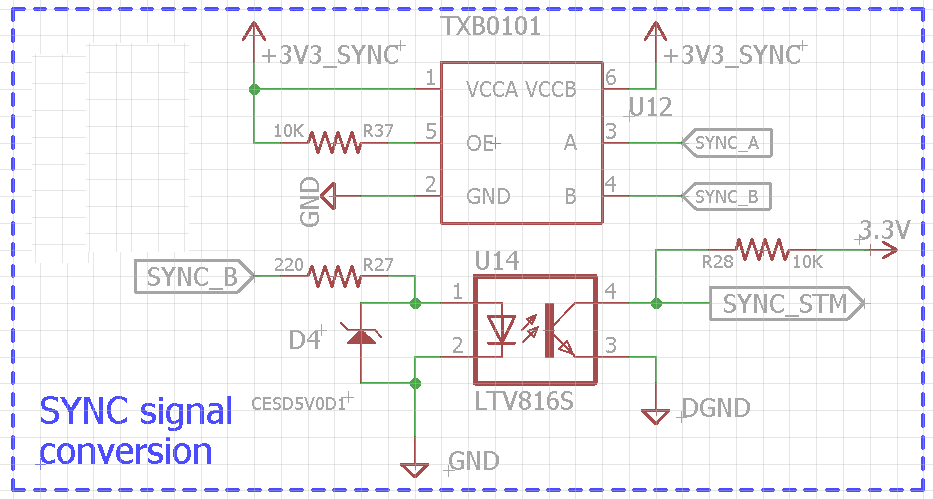Hello,
I have a design where multiple cards are connected with a cable. I use a SN74LVC1G34DBVR in each PCB to buffer a control signal ( TTL )
----> Control Card 1 -----> Control Card 2 --------> Control Card 3
SN74LVC SN74LVC SN74LVC
From the design review, a request came, "We want to users to connect control cards without paying attention to IN / OUT direction. So I need an IC with auto direction sensing or some other method.
Can you please guide me for a possible logic IC or another method.
Thanks a lot
rifo



